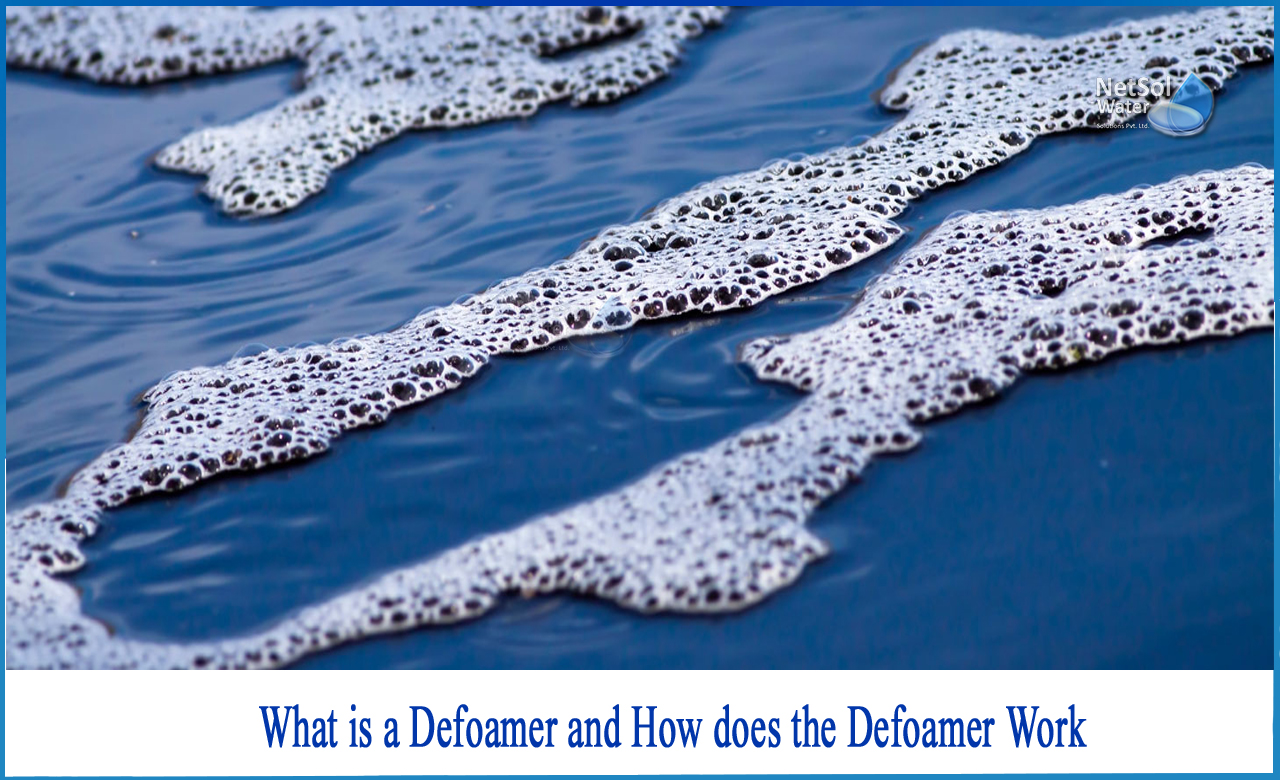Effective Use of Defoamers in the Pharmaceutical Manufacturing Process
Effective Use of Defoamers in the Pharmaceutical Manufacturing Process
Blog Article
Choosing the Right Defoamer for Your Particular Application Demands
Selecting the proper defoamer for particular application demands is a nuanced process that requires careful consideration of numerous elements, such as the foam operating, tool, and type problems. Comprehending the subtleties of defoamer performance-- including rate and perseverance-- while also accounting for ecological and regulatory aspects is important.
Understanding Foam Development
Foam formation occurs when gas is caught within a liquid, producing a steady structure of bubbles. This sensation can significantly affect various commercial processes, particularly in markets such as food manufacturing, drugs, and wastewater therapy. The visibility of foam can hinder mixing, reduce product high quality, and even result in functional inadequacies.
Foam generally develops because of a combination of elements, including surface-active agents, anxiety, and the qualities of the fluid stage. Surfactants lower the surface tension of the liquid, assisting in the development of bubbles that can support and coalesce. Frustration, whether from mechanical stirring or gas introduction, boosts bubble formation, causing boosted foam quantity.
Comprehending the mechanics of foam development is crucial for sectors aiming to maximize their processes. By determining the specific conditions that advertise foam generation, organizations can carry out techniques to minimize its effects.
Kinds of Defoamers Available
Various kinds of defoamers are readily available to deal with the obstacles posed by foam in commercial applications. defoamers. Generally identified, defoamers fall into 3 categories: silicone-based, non-silicone-based, and natural defoamers
Silicone-based defoamers are renowned for their performance and stability across a vast array of temperature levels and pH levels. They are typically utilized in applications where solid foam reductions is necessary, such as in adhesives, paints, and finishings. Their reduced surface area stress allows for rapid foam collapse.
Non-silicone-based defoamers, typically made from natural substances, offer an option for applications conscious silicone deposits. These defoamers can be more separated into polyether and ester types, each tailored to satisfy certain solution needs. Non-silicone defoamers are frequently used in food processing and individual treatment items due to their compatibility with different formulas.
All-natural defoamers, obtained from plant or pet sources, are acquiring traction due to their green profile. These products are especially appealing in applications where governing conformity and sustainability are paramount, such as in agrochemicals and biotechnology.
Choosing the right kind of defoamer is important for maximizing performance and guaranteeing compatibility with particular applications.
Trick Application Factors To Consider
When choosing a defoamer, it is necessary to think about the certain application demands to guarantee optimal efficiency. defoamers. Various markets have distinct demands, such as food handling, pharmaceuticals, or wastewater therapy, and each application might need distinct defoaming homes
Secret elements to review consist of the medium in which the defoamer will certainly be utilized, whether it is water-based, best site oil-based, or a combination thereof. The temperature level and pH levels of the application can also greatly affect the performance of a defoamer. In addition, compatibility with various other chemicals existing in the system is critical to prevent unfavorable responses that could endanger performance.
Another vital factor to consider is the foaming actions of the details system. Recognizing whether the foam creates swiftly or slowly can direct the choice of a defoamer that targets the origin successfully. Additionally, the wanted rate of defoaming can affect the selection, as some applications call for rapid activity while others might tolerate slower defoaming processes.
Last but not least, environmental and regulatory factors to consider need to not be forgotten, particularly in sectors with stringent compliance needs. Picking a defoamer that lines up with these variables guarantees both efficiency and safety and security in the application.

Efficiency Testing Approaches
Assessing the efficiency of a defoamer requires an organized strategy to testing that precisely measures its performance in specific applications. Numerous efficiency testing methods can be used to establish the ideal defoamer for a provided formula.
One typical method is the bubble test, which examines the defoamer's ability to minimize foam volume gradually. This test entails generating a stable foam and then adding the defoamer to observe the rate of foam collapse. One more approach is the dynamic foam examination, where foam is produced under controlled conditions to simulate real-world application circumstances. This technique offers understandings into how the defoamer executes under varying shear problems.

Ultimately, choosing the ideal performance screening technique depends on the specific application and the kind of foam being attended to. Each technique provides beneficial information that can lead formulation adjustments and enhance the effectiveness of look what i found the defoamer in sensible applications.
Ideal Practices for Option


Following, take into consideration the defoamer's efficiency in regards to rate of action and determination. A quick-acting defoamer might be essential for procedures where quick foam reductions is crucial, while a much more relentless formulation may be required for extended foam control. Additionally, examine the ecological effect of the defoamer, including its biodegradability and any type of governing compliance requirements.
Conduct trials with picked defoamers to identify their effectiveness in real-world problems. By sticking to these finest practices, you can enhance foam control effectiveness and make sure the longevity of your processes.
Final Thought
In recap, selecting the proper defoamer demands a comprehensive examination of numerous factors, including foam type, tool, operating problems, and ecological factors to consider. Recognizing the one-of-a-kind characteristics of foam development and the available defoamer choices is critical.
Picking the appropriate defoamer for specific application needs is a nuanced process that demands mindful factor to consider of multiple factors, such as the foam kind, tool, and operating problems.Choosing the appropriate defoamer is crucial for attaining ideal performance in foam control applications. A quick-acting defoamer might be required for processes where fast foam reductions is vital, while a much more consistent solution may be needed for long term foam control.In summary, choosing the appropriate defoamer requires a comprehensive assessment of various elements, consisting of foam type, medium, operating conditions, and environmental factors to consider. Understanding the special features of foam formation and the available defoamer alternatives is essential.
Report this page